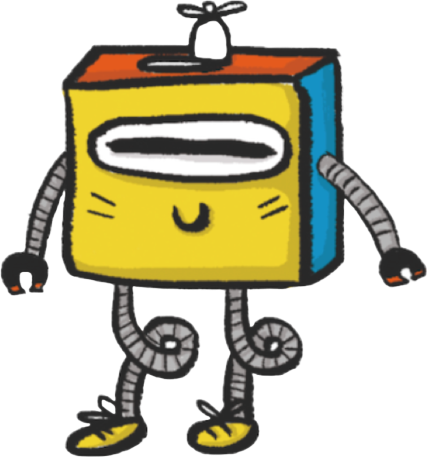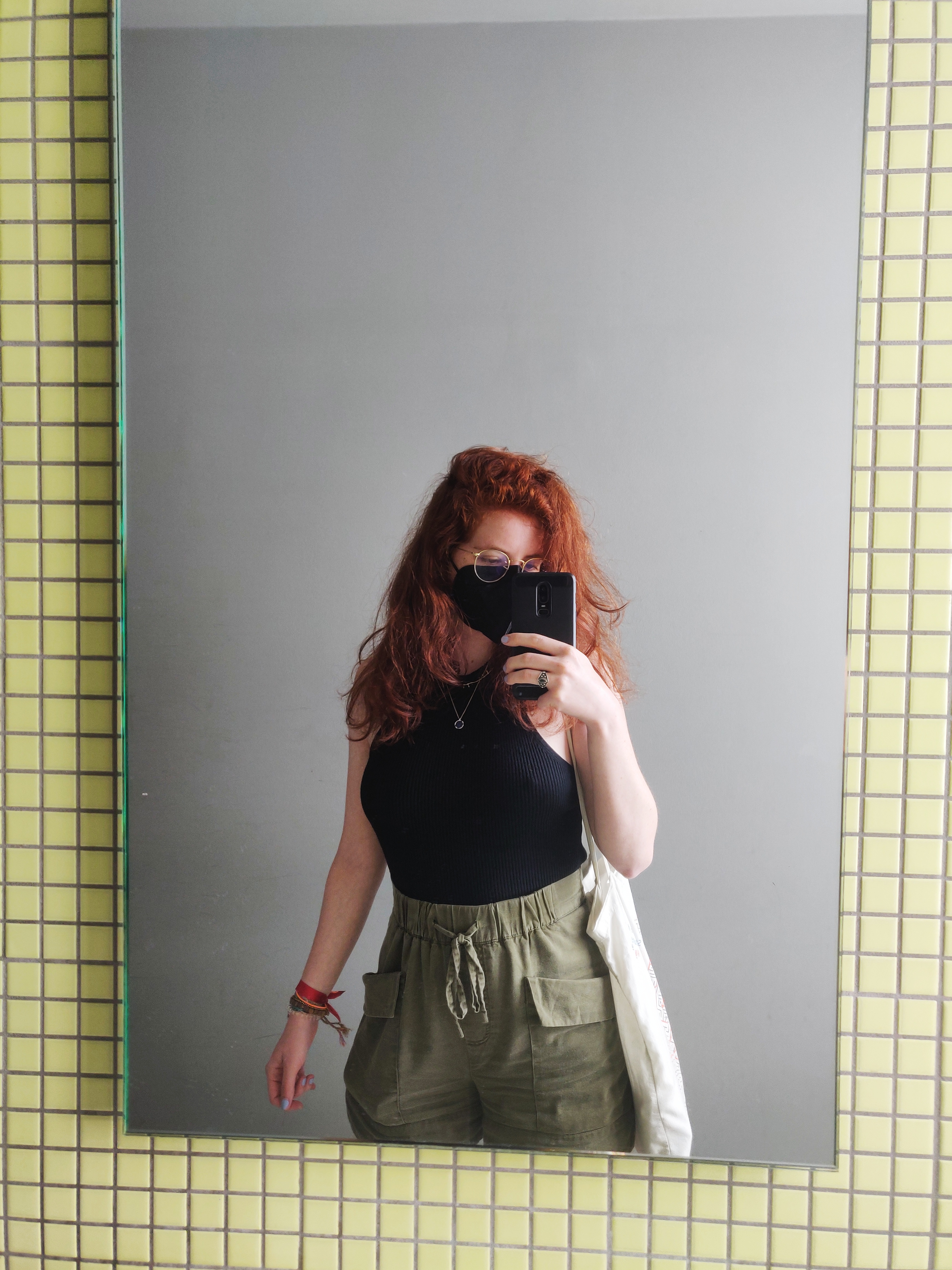The Source is a fortnightly letter from Prototypr for its community of ~600k viewers. Written by Sophie Clifton-Tucker, The Source tackles taboo topics, exposes unseen truths, and gets the scoop on the latest in the tech and design sphere.
It’s estimated that between 15-20% of us are neurodiverse, so a product that isn’t optimised for inclusivity could be alienating up to a fifth of your potential users. Let that sink in…
As we described in our article Neurodiversity and Inclusion: Choosing Kinder Design, ‘neurodiversity’ refers to the numerous ways in which we as individuals see the world. As a species, we are inherently neurodiverse.
A person who has ADHD or who is autistic, dyslexic, or dyspraxic (among other neurological differences) is considered ‘neurodivergent’. The way in which they interact with the world differs from those who are considered ‘neurotypical’, and as such, simple everyday actions like scrolling through a website can come with their own unique set of challenges.
Equally, this different way of thinking can unlock fresh, creative design avenues that would otherwise have remained untapped.
The risk is, if you’re not designing to lessen or eradicate this problem, then you become part of it.
When something as simple as choosing a calmer colour palette, or ‘humanist’ typeface, can make such a huge impact on a user’s experience, can we really afford not to? The question to ask is: is your design exclusive or elitist?

Read all about it:
- Collaborative Design: Brand and social innovation consultancy BBMG recently teamed up with La Casa de Carlota & Friends (LCDC&F), the first design studio that’s home to designers and artists with autism and Down syndrome. Together, they seek to understand the role that inclusive design plays, and the way that neurodiversity can unlock new ideas, reimagine shared stories, and create new possibilities.
Artwork by BBMG in collaboration with La Casa de Carlota & Friends
- FixA11y: FixA11y, developed and supported by Polypane and Firstversionist, is a nifty little browser extension that automatically fixes contrast issues on websites. Users on the spectrum are highly sensitive to certain colour combos and contrast, so this tool is invaluable in creating an online experience devoid of sensory overstimulation.
- Microsoft’s Neurodiverse Workforce: With unemployment rates for neurodivergent adults nearing 30% to 40%, Microsoft (amongst other organisations such as JPMorgan Chase, SAP, Hilton, and EY) have decided to tap into this pool of resources and implement specific programs to interview, hire, and onboard neurodiverse workers. Neil Barnett, Director of inclusive hiring and accessibility at the tech giant said: “We wanted to create a different front door for these workers…This is such a big pool of talent and they’ve been historically way underemployed.”
Further reading:
– UX Glasgow: Neurodiversity Special
– Web design for neurodiversity: Creating a more inclusive web



Letter
Designers doing their thing:
Interviews with designers who are paving the way for a more inclusive web.
Tamara Sredojevic is a neurodivergent UX designer who works with people on a mission: charities, humanitarian organisations and indie makers. She also optimises existing websites so users can do what they do best without disruption. We spoke with Tamara about her recent project for people with ADHD, and what it means to be inclusive in the UX/UI community.
You recently built an app website for people with ADHD on Webflow. Can you tell us how this project came to you, and a little about your aims/process?
The founders at Inflow reached out to me after finding my website on Webflow. They needed a rebrand and a new website. For projects like this, I try to have a very clear brand strategy before touching on the visual identity, so I recommended they work with Sarah Joynt-Bowe first. Once that part was settled, I started working on the visual rebrand. I wanted to have fonts and colours that wouldn’t make life more complicated for a neurodivergent audience. Then we spent a little bit of time discussing features and objectives for the app website and I was able to start building.
What did you learn during the process?
I was immediately interested in the project because I recently got diagnosed with a neurodivergence and I have several people in my close circle who have ADHD. So I knew I’d learn a lot about their experience and needs—and why I like certain things more than others myself. Neurodivergence is often paired with hypersensitivity, which means that we’re easily overwhelmed. It can be emotional, visual, or sometimes even audio. In terms of UI design, that’ll translate into a preference for muted and pastel colours. Designers should also try to balance blocks of texts with images so that it breathes a little. There’s a study conducted by the Association for Psychological Science that found it helps to bring a structure that is necessary for most people with neurodiversity. There are a few more things about the choice of images but what’s really important is to create a calm environment.

Have you worked on/planning to work on any similar projects to aid inclusivity in the design space?
Ever since the pandemic, I shifted the sort of projects I work on to focus on non-profits, charities, or people using tech for good. That’s how I can contribute for now. These people do amazing work but, particularly small charities, they use tech from 10–15 years ago. So that’s where I come in. But you can’t do that without learning about accessibility and inclusion. So even though I keep learning about the nuances of it all, it’s completely part of my process, at all stages. If someone comes to me about a new website but their visual identity makes me cry a little, I will say so and offer to correct that before we do anything. You can see a website I recently finished for Neon, which supports and trains campaigners and activists. And I’m also in the final stages of a website for RISE, a Scottish charity that helps refugees and people looking for asylum.
Being neurodivergent yourself, what’s your opinion on the design industry and how it caters to the neurodiverse, and where it’s sorely lacking?
I only recently got diagnosed with HIP so I’m lucky that my needs can be invisible if I want them to and I have my own mechanisms to cope. However, when I first started learning about design and what being a successful designer means, I rarely saw accessibility as a priority. Some very successful designers I know can’t explain what it is and why it matters. I think it’s Sheri Byrne-Haber who said that accessibility isn’t hard, people who don’t give a damn do.
Why is it important that we cater to neurodiversity in UX/UI?
I’m finding out that neurodiversity is everywhere, a lot of people don’t have a diagnosis and even when they do, it’s hard to know whether you should tell people or not. It’s a bit of a taboo, so you either come out or you don’t. But there’s so much potential in knowing how your brain works, what you’re good at, and where you’re not that good. Imagine if all those websites we have to use for daily life would cater to all our differences, would we not all just go much further, as a society? It’s not a question of charity, it’s just common sense to me.
How has your neurodivergence helped and/or hindered you as a designer?
I knew I was different but I didn’t know how until earlier this year. I’ve always worked fast and my brain can focus in such a way that I get to pick up things very quickly. I also have tree-thinking so I can consider multiple things all at once. These are all sorts of superpowers in my opinion. So when I transitioned from marketing to freelance UX design, it didn’t take me as long as it should have. And that applies to all the transitions I did in the past. But because I didn’t know that about myself, I have constantly doubted my abilities and even today, still wonder if I’m not just making it up. I constantly have to remind myself that if I do pay the bills with my work, it must mean I do something right. Hypersensitivity slows me down and the smallest remarks hurt more than they should. But that’s OK, it forces me to keep a balance and stay grounded.

Prototypr roundup 🌎
– Neurodiversity and Inclusion: Choosing Kinder Design: We dissect the numerous ways in which people look and interact with the world, and consider how we as designers can implement kinder design to ensure all needs are met.
– Making better product design decisions: David Portelli untangles design dilemmas, and the questions we should be asking ourselves in the way of problem solving, measuring success, and accessibility in design.
– The origins of product design: Joe Bernstein harks back to the early days of product design, and considers the evolution of the work of designers such as Raymond Loewy.

Online events to look out for 👀

Neurodiversity Awareness: 17th & 24th May
A series of online events for employers and those with an interest in neurodiversity at work. These interactive events will cover: the benefits of a diverse workforce, inclusive practice, and inclusive design amongst other things.


Disclaimer: Although I’ve been previously branded a knowitall (thanks mum), I’m open to any and all corrections regarding this piece. I hope I have been sensitive when tackling this topic, and can only apologise if I’ve made any errors. Please shoot me a message if so and I would be more than happy to learn, and amend.




 Buy me a coffee
Buy me a coffee









